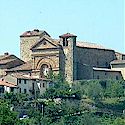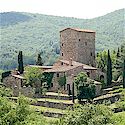This is the Abbazia di San Michele Arcangelo a Passignano, the photogenic Tuscan abbey known as Badia a Passignana, located on the road from Greve in Chianti to Sambuca in Chianti, Tuscany. It contains a major fresco of the “Last Supper” by the Ghirlandaio brothers and can be visited on the infrequent days when it’s open. The abbey can sometimes be visited on Sundays at 3 pm. The tour leaves from the church. Be sure to check that the abbey is open on the Sunday you plan to visit it. An appointment might be necessary. Tel +39 055 80 71 278.
The Abbey of Passignano belongs to the Benedictine Order of the Abbey of Vallombrosa. It was founded in 1049 by San Giovanni Gualberto and the current structure is a picturesque monastic complex fortified with towers at the corners. In the mid 15 C, the monastery was enlarged and a cloister and a wall were added. The monastery church has interesting paintings by Domenico Crespi (known as Passignano because he was born in the neighbourhood around 1599). In October 1810, the congregation of Vallombrosa was suppressed and the Abbey of Passignano was closed. In December 1825, the community was re-established, but was again removed in 1866 when the Abbey became the property of the Italian government. The monks remained to take care of the church. In October 1870, the Badia a Passignano was auctioned of by the government to a private individual who was responsible for some of the faux antique fortifications. Finally, in October 1986, the Abbey of Passignano was restored to the Benedictine monks of Vallombrosa.
The main structures of Badia a Passignano open onto a courtyard which is reached via an avenue of cypresses. Among the sights of the Abbey is the church of San Michele Arcangelo which dates from the 12 C. The church has a single nave in the shape of a Latin cross. It was rebuilt in the second half of the 16 C and then again in the early 18 C and the mid 19 C. The entrance to the monastery is located in front of the church. Currently, the monastery is occupied by a small community of Vallombrosan monks, one of who might be available on Sunday afternoons to act as a guide. The stone portal dates from the 15 C. The refectory, the kitchen and the rooms that open onto the cloister and the chapterhouse can be visited. Outside the walls of the Abbey is the small village of Passignano with a tower-house of the 12 C and the Church of San Biagio.
More about the Abbey of Passignano.
About Elena Spolaor
Although Elena was born in Venice, she was brought up in Tuscany and is a historian and frequent contributor to online articles about life in Tuscany and Umbria. Her specialities are Tuscan and Umbrian local history and folklore.
- Web |
- More Posts(55)




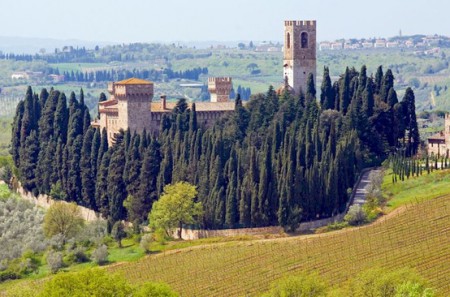
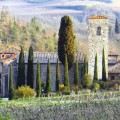
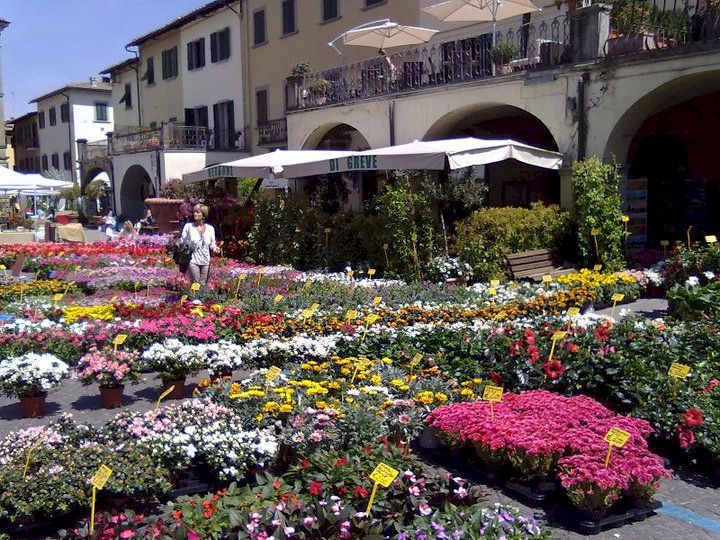
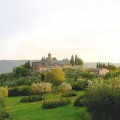
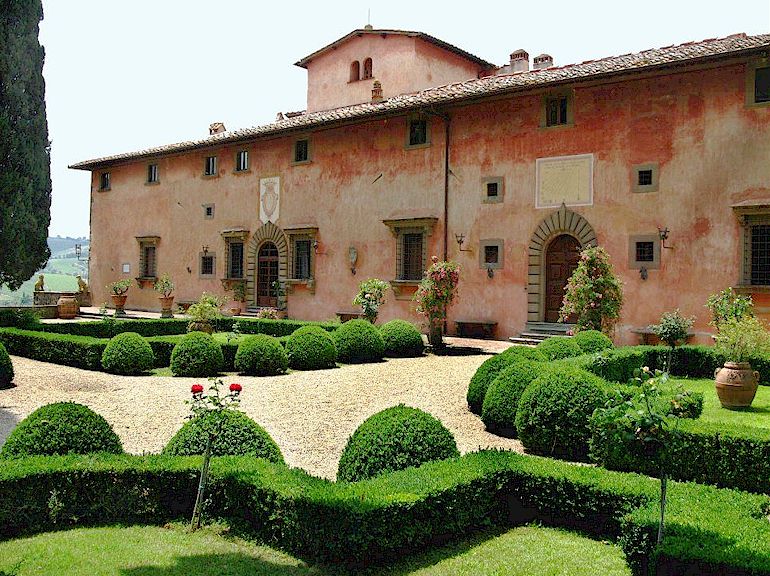
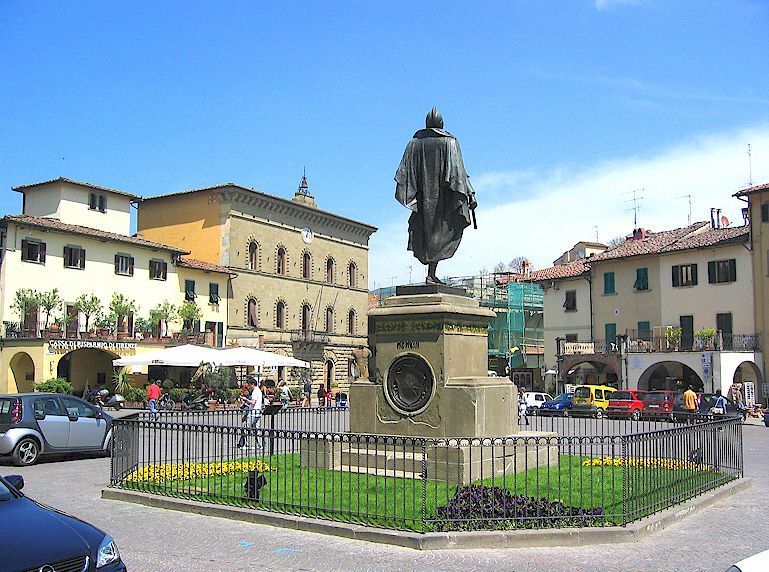
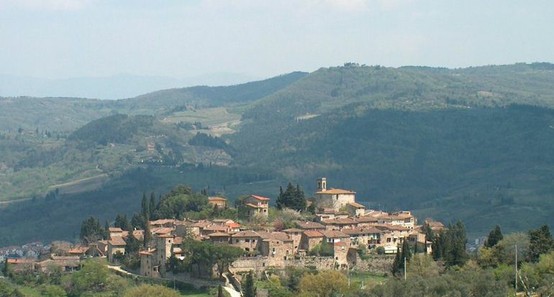
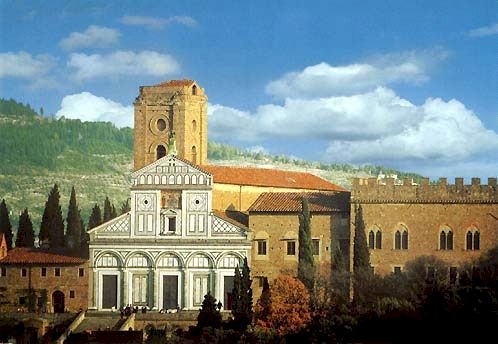
 Posted in
Posted in  Tags:
Tags: 